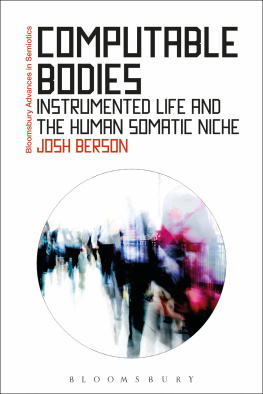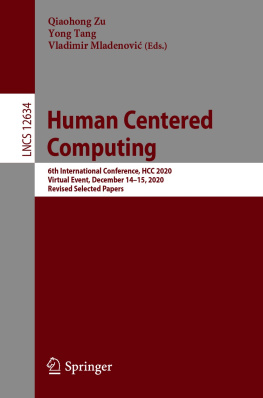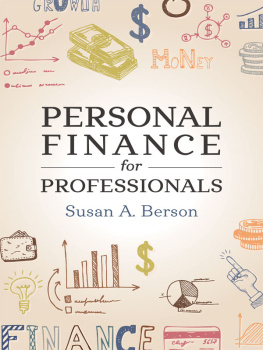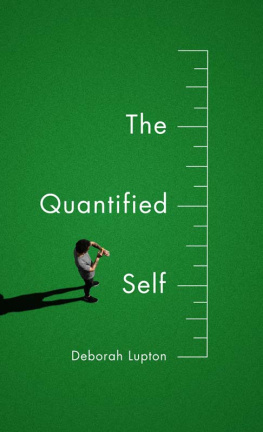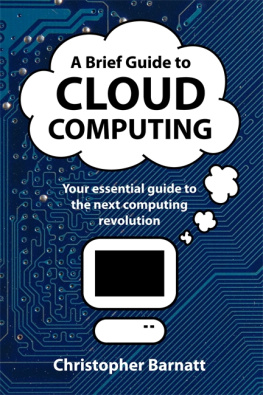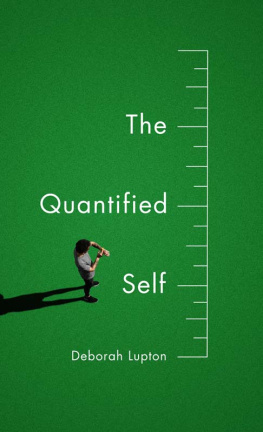Josh Berson - Computable Bodies: Instrumented Life and the Human Somatic Niche
Here you can read online Josh Berson - Computable Bodies: Instrumented Life and the Human Somatic Niche full text of the book (entire story) in english for free. Download pdf and epub, get meaning, cover and reviews about this ebook. year: 2015, publisher: Bloomsbury Academic, genre: Romance novel. Description of the work, (preface) as well as reviews are available. Best literature library LitArk.com created for fans of good reading and offers a wide selection of genres:
Romance novel
Science fiction
Adventure
Detective
Science
History
Home and family
Prose
Art
Politics
Computer
Non-fiction
Religion
Business
Children
Humor
Choose a favorite category and find really read worthwhile books. Enjoy immersion in the world of imagination, feel the emotions of the characters or learn something new for yourself, make an fascinating discovery.
- Book:Computable Bodies: Instrumented Life and the Human Somatic Niche
- Author:
- Publisher:Bloomsbury Academic
- Genre:
- Year:2015
- Rating:3 / 5
- Favourites:Add to favourites
- Your mark:
Computable Bodies: Instrumented Life and the Human Somatic Niche: summary, description and annotation
We offer to read an annotation, description, summary or preface (depends on what the author of the book "Computable Bodies: Instrumented Life and the Human Somatic Niche" wrote himself). If you haven't found the necessary information about the book — write in the comments, we will try to find it.
For some, pervasive computing offers a powerful vehicle of introspection and self-improvement. For others it signals the arrival of a dangerous control society in which surveillance is no longer the prerogative of discrete institutions but a simple fact of life.
InComputable Bodies, anthropologist Josh Berson asks how the data revolution is changing what it means to be human. Drawing on fieldwork in the Quantified Self and polyphasic sleeping communities and integrating perspectives from interaction design, the history and philosophy of science, and medical and linguistic anthropology, he probes a world where everyday life is mediated by a proliferating array of sensor montages, where we adjust our social signals to make them legible to algorithms, and where old rubrics for gauging which features of the world are animate no longer hold.
Computable Bodiesoffers a vision of an anthropology for an age in which our capacity to generate data and share it over great distances is reconfiguring the bodyworld interface in ways scarcely imaginable a generation ago.
Josh Berson: author's other books
Who wrote Computable Bodies: Instrumented Life and the Human Somatic Niche? Find out the surname, the name of the author of the book and a list of all author's works by series.

